Exploring the rich tapestry of history through vintage photographs offers a unique window into the past, allowing us to connect with moments that shaped our world. These timeless images, often captured by skilled photographers, hold stories that span generations, serving as tangible evidence of significant events and cultural shifts. From famous history images that define eras to lesser-known snapshots that preserve personal memories, vintage photographs serve as both historical records and artistic expressions of their time. In this article, we delve into the fascinating world of vintage photography, uncovering how these images contribute to our understanding of history and offering insights into preserving and analyzing them for future generations.
Key Takeaways
- Photography Captures Lasting Historical Moments: Utilizes vintage photography techniques to preserve significant events, cultural shifts, and personal stories, offering timeless visual records.
- Uncover Hidden Stories in Photos: By analyzing metadata, subject matter, and cultural context, delve into the rich tapestry of history embedded within old photographs.
- Artistic Vision Shapes Historical Narratives: Artists reinterpret history through photography, adding fresh perspectives and depth to familiar tales.
- Democratizing History Through Visuals: Makes historical content accessible via digital platforms, fostering a global appreciation for diverse cultures and historical developments.
- Preserve and Understand Cultural Heritage: Photographic archives provide valuable resources for studying fashion, architecture, and daily life across different eras.
- Follow Methodical Analysis Steps: Examine metadata, study the photographer’s background, assess technical aspects, and explore the photo’s legacy to uncover its historical significance.
- Inventive Tools Transform History Documentation: The invention of the camera and subsequent technological advancements revolutionized how we record and interpret the past, creating comprehensive historical archives.
- Photography Influences Societal Norms: Shapes cultural perceptions and societal norms through movements like photojournalism and its impact on fashion and advertising.
- Blend Fact and Emotion in Art: Offers a unique medium for artistic expression, combining factual documentation with creative emotional storytelling.
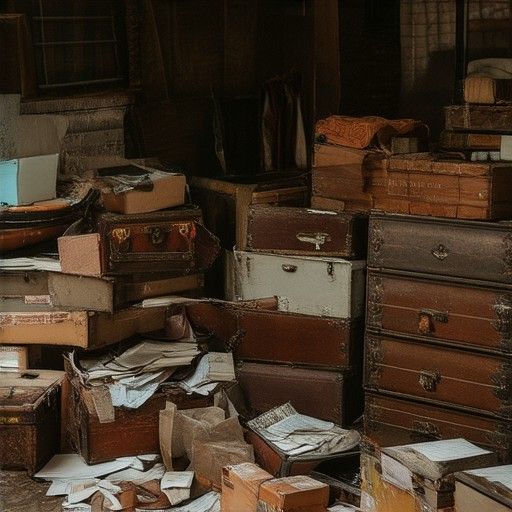
What Do Photographs Tell Us About History?
Photographs are a powerful medium that offers unique insights into the past, preserving moments and stories that might otherwise be lost to time. They capture snapshots of lives, events, and cultures, serving as visual evidence of history. Here’s what photographs can teach us:
- The human condition : Through portraits and everyday scenes, photographs reveal the emotions, struggles, and triumphs of people across different eras. They show how society has evolved and what challenges individuals faced.
- Cultural shifts : By examining photographs from different periods, we can observe changes in fashion, technology, architecture, and social norms. These visual records highlight the progression of culture over time.
- Historical events : Many pivotal moments in history have been documented through photography. These images provide a tangible connection to significant events, helping us understand their impact and context.
- Artistic expression : Photographers use their craft to interpret the world around them, creating art that reflects their perspective on history. These works often challenge or complement historical narratives.
- Identity and memory : Photographs can evoke personal and collective memories, helping us connect with our past and preserve the identities of communities and generations.
Each photograph tells a story, whether it’s a formal portrait, a candid snapshot, or a documentation of a major event. Over time, these visual records paint a vivid picture of the past, offering lessons and reflections for future generations.
How to Find Old Historical Photos
- National Archives: Visit the National Archives’ website and use their Archival Research Online (ARO) catalog to search for historical photographs and digitized images.
- Library of Congress: Explore the Library of Congress ‘s Digital Collections for a vast array of historical photographs, including those from the 1800s onwards.
- Smithsonian Institution: The Smithsonian offers a wealth of historical images in its Online Photo Gallery .
- Museum of Fine Arts, Boston: The MFA provides access to digitized photographs from its permanent collections.
- University of California: The UC Libraries house the Breaker Digital Collection , which includes historical photographs.
- Royal Historical Society: The RHS offers access to historical images in its Image Library.
- Internet Archive: The Internet Archive hosts numerous historical photograph collections, including those from various sources .
- Family History Websites: Platforms like Ancestry and MyHeritage often feature historical photographs in their collections, particularly useful for tracing family history.
- Public Domain Resources: Websites like the Internet Archive and Wikimedia Commons offer historical photographs in the public domain, free to use for any purpose.
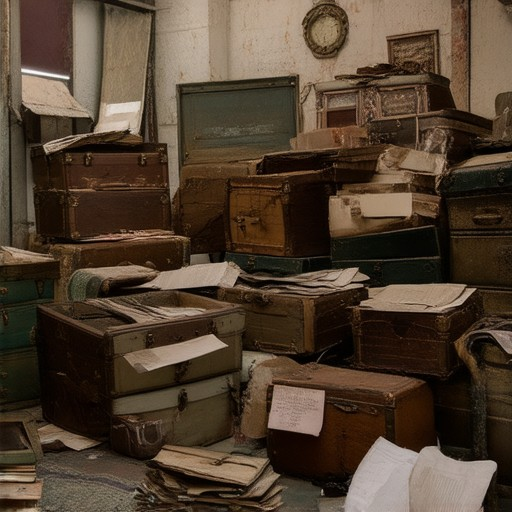
What Makes a Photo Vintage?
A photo is considered vintage due to several distinct characteristics tied to its creation and style:
- Analog Production : Vintage photos are typically produced using analog equipment, such as film cameras and darkroom techniques. This method creates inherent imperfections, including graininess and color shifts, unlike digital photos.
- Unique Aesthetic : Vintage photos often exhibit a timeless style, featuring sepia or black-and-white tones. Their compositions may reflect the fashions and cultures of the time they were taken, giving them a classic appeal.
- Equipment Characteristics : The use of old-school gear leads to unique lighting effects and film responses. These factors contribute to the distinct visual qualities of vintage photographs.
- Imperfections and Patina : The photos may show signs of wear, such as scratches or discoloration, adding to their historical charm. These flaws enhance the photo’s authenticity and story.
- Preservation Efforts : Restoring and preserving vintage photos involves careful handling of physical negatives, ensuring their longevity while maintaining their original character.
- Timeless Appeal : Despite being rooted in the past, vintage photos transcend time, offering a glimpse into historical contexts and fostering a sense of nostalgia.
These elements collectively define a vintage photo, distinguishing it from contemporary works and highlighting its unique place in photographic history.
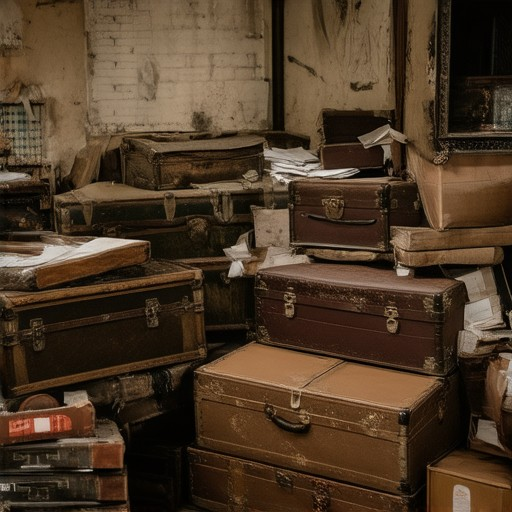
How Does Photography Relate to History?
Photography plays a significant role in preserving and understanding history. It serves as a visual medium that captures moments, events, and cultures across different times and places. Through photographs, we gain insight into the past, allowing future generations to connect with historical contexts and individuals.
One of the most profound ways photography interacts with history is through its ability to document events and preserve memories. Historical photographs provide tangible evidence of moments that otherwise might be lost to time. They can convey emotions, tell stories, and offer a glimpse into the lives of people from various periods.
Moreover, photography has been a tool for artists to express their interpretation of history. Many photographers have focused on historical themes, reimagining past events or artifacts through their unique vision. This artistic approach often adds depth to our understanding of history, offering fresh perspectives on familiar narratives.
In addition, photography has played a crucial role in shaping societal perceptions of history. Images from wars, political movements, and social changes have become iconic, influencing how we view these events today. These visuals often serve as powerful symbols, evoking strong emotional responses and sparking discussions about the past and present.
Another aspect of photography’s connection to history is its use in archiving and studying cultural heritage. Photographic archives, such as those maintained by museums and historical societies, provide invaluable resources for researchers and historians. These collections allow for the study of fashion, architecture, and daily life across different eras.
Lastly, photography has democratized history, making it accessible to a broader audience. With the rise of digital platforms, millions can view historical images from around the globe. This accessibility fosters a deeper appreciation for diverse cultures and historical developments, enriching our collective understanding of the world.
How to Analyze a Photograph’s History
To analyze a photograph’s history, follow these organized steps:
- Examine Metadata : Start by checking the photo’s metadata, which often includes the date, location, and camera details. This provides initial insights into when and where the photo was taken.
- Identify Subject Matter : Look at what’s depicted in the photo. Determine if it captures a significant event, notable individuals, or cultural artifacts that offer historical context.
- Research the Photographer : Investigate who took the photo. Understanding the photographer’s motivations and style can add depth to the analysis.
- Analyze Cultural Context : Study the photo’s cultural background. Consider how elements like clothing, architecture, or symbols reflect the social and historical environment of the time.
- Assess Technical Aspects : Evaluate the technical features of the photo, such as film type, resolution, or editing software, to gauge the technological capabilities of the era.
- Determine Purpose : Reflect on why the photo was created. Its intended use—whether for documentation, art, or journalism—affects its historical interpretation.
- Explore Legacy : Investigate how the photo has been received over time. Its impact, iconic status, or inclusion in collections highlight its lasting influence.
By systematically exploring these areas, you can uncover the rich history embedded within a photograph.
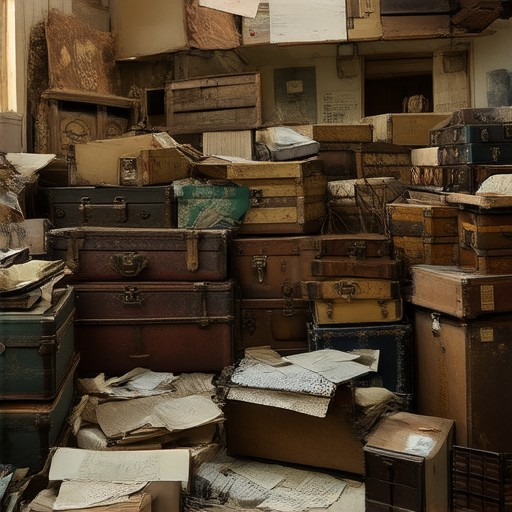
How Did Photography Change History?
Photography has had a profound impact on the way we record and understand the world, shaping industries, cultures, and our collective memory. Its invention revolutionized how we capture and preserve moments, influencing everything from journalism to art.
The Invention of the Camera
The invention of the camera in the 19th century marked the beginning of a new era. For the first time, individuals could freeze time, immortalize significant events, and document everyday life. This transformative tool allowed for the creation of lasting visual records, enabling the preservation of history and the documentation of human experiences.
Documentation of Events and Daily Life
Photography has become a primary method for recording historical events, wars, and cultural shifts. From the Daguerreotype to modern digital images, photographers have captured pivotal moments, from the American Civil War to the moon landing. This ability to visually document life has created an extensive archive of human history, allowing future generations to connect with the past.
Social and Cultural Changes
The widespread adoption of photography democratized storytelling and transformed how society views itself. It inspired movements like photojournalism, which brought global issues to public attention. Photography also influenced fashion and advertising, shaping societal norms and beauty standards.
Artistic Expression
Photography has become a medium for artistic expression, with photographers like Ansel Adams and Henri Cartan redefining the boundaries of visual art. It has enabled creative visions that were previously unimaginable, blending fact with fiction and emotion.
Technological Advancements
From the transition from film to digital technology to the rise of mobile photography, photography has continually evolved. These innovations have made photography more accessible and versatile, changing how people capture and share experiences.
A Conclusion
Photography has not only preserved history but also shaped it. By providing a visual lens through which the world is viewed, it has become an essential tool for understanding the past and present. Its influence continues to grow, ensuring that the story of humanity remains vivid and eternal.

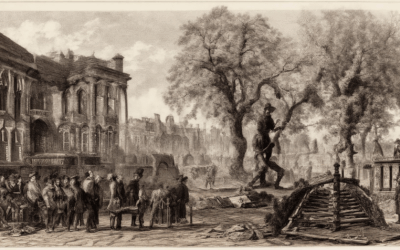
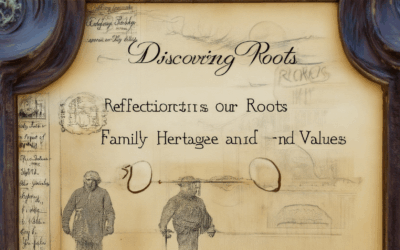
0 Comments